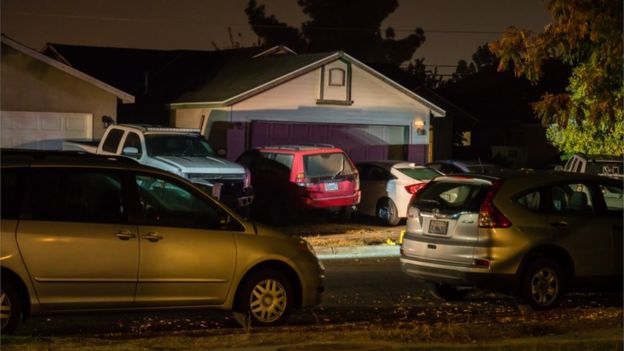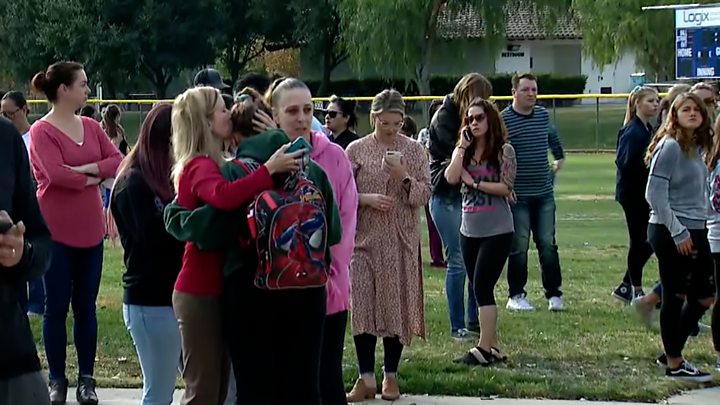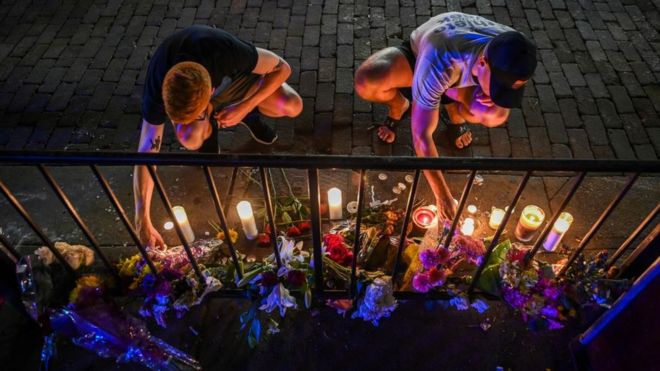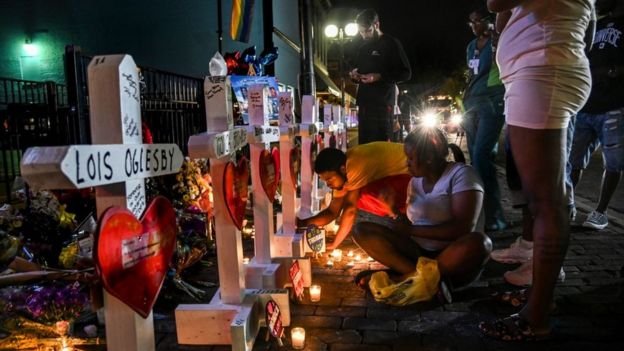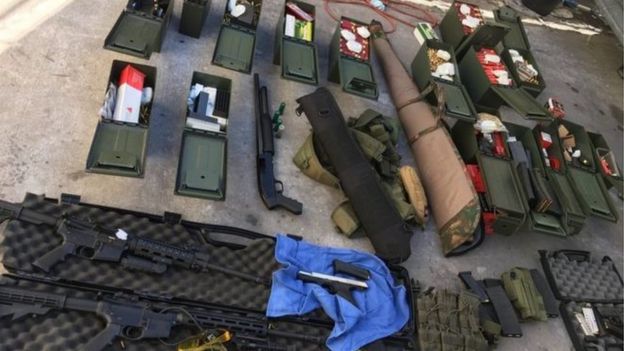I will never forget the day in eighth grade when my friend pointed a pistol at my face and pulled the trigger.
I am old enough now that many of my childhood memories have faded into blurry black and white pictures, but 30 years later, that scene is a vivid colour film in my memory.
I can see the smirk in his brown eyes as he points the pistol at my forehead, the slightly blue shimmer of the metal in the afternoon light, the way that the flat side of the barrel reached a nipple of an opening, suddenly curving inward, and the explosion of sound as he pulled the trigger.
Time stretches in moments like these, and as time expanded before me, I thought about my teacher, Mr Levi, and what he told me about space. He had taken a piece of paper from a binder and, twisting it, folded it upon itself so the holes lined up. He drew an arrow going into the hole on one side, and another coming out of it on the other. Then he unfolded the paper, showing me an arrow going into a hole in the top of the page, and coming out of a hole in the bottom, on the other side.
“This is a black hole,” he said in his heavy German Jewish accent, sounding every bit like Albert Einstein. “Once you cross the event horizon, you cannot get out. The gravity is so strong not even light can escape. You are sucked into the black hole and you come out somewhere else in space entirely. And you can never come back.”
As I stared into the barrel of that pistol, the light of the room seemed to disappear into its curvature just like a black hole. I remember thinking that it looked like a place from which nothing could escape.
Latchkey kids
My friend, we will call him Ralph, was a “latchkey kid” like myself. We were young children left to our own devices between the time we got home from school and the time our parents returned from work.
Latchkey kids grow up fast, learning to do things for themselves at a young age. We learned to explore the world of our parents with a freedom other kids never know. The assurance of solitude provides many opportunities to experiment, and sometimes to hide the resulting mistakes.
I remember the meticulous care Ralph took in opening the top drawer of his father’s dresser, and how he intently noted the placement of everything before pulling out the key. I remember the way he brought the chair from his room to reach the shelf in the closet, smoothing clothes he had disturbed and rubbing down the marks on the carpet afterwards. Looking back, it is obvious he had practised this carefully for weeks, learning exactly how to remove and open his father’s gun safe so that he could show me the contents, the most magical talisman a James Bond fan could ever see.
[Illustration by Jawahir Al-Naimi/Al Jazeera]
When Ralph pointed his father’s Walther PPK at my face and pulled the trigger, when I heard the loud “CRACK” bounce off the walls in the room as the firing pin found an empty chamber, I thought it was the coolest thing I had ever seen.
As I watch my own children grow, that memory haunts me. My children can take great care with the smallest details of toy trains, yet remain oblivious to the consequences of major actions like pushing their siblings while standing on a cliff. It was not until I had children that I realised how close that dichotomy between care and carelessness had brought me to the event horizon of death.
Despite the care with which Ralph removed the safe and covered the evidence of his passing, I have no memory of him checking the chamber. I am not even sure he knew how. With a minuscule change in the location of one small piece of metal, any light that I may have brought into this world could have been sucked into the black hole of that gun barrel, never to escape.
I am not a fan of guns. Whether it is the memory of the Walther PPK, my preference for a good bow, or some fundamental aspect of my character, I see no reason why we need to have access to guns at all. My inclination is to support restrictive gun laws and possibly even remove guns entirely.
But the more I consider the subject of guns, the more I find that the entire topic is, itself, a black hole. The closer I get, the more distorted it becomes, and nowhere is that more obvious or dangerous than at the intersection of guns and race.
A house full of guns
I do not think it is an exaggeration to suggest that lax gun laws and easy access to firearms are a fundamental reason for the success of the civil rights movement. Charles E Cobb Jr notes this eloquently in his excellent treatise on the subject titled This Nonviolent Stuff’ll Get You Killed.
“The tradition of armed self-defense in Afro-American history,” writes Cobb, “cannot be disconnected from the successes of what today is called the nonviolent civil rights movement.”
This is something many people either forget or never learn: Guns protected the black people who were marching for freedom. If not for the threat of gunfire, many more peaceful protests – and possibly the movement itself – would have been silenced by violence.
“Simply put,” Cobb continues, “because nonviolence worked so well as a tactic for effecting change and was demonstrably improving their lives, some black people chose to use weapons to defend the nonviolent Freedom Movement.”
The tradition of armed self-defense in Afro-American history cannot be disconnected from the successes of what today is called the nonviolent civil rights movement.
CHARLES E COBB JR
Today, our view of the civil rights movement is far removed from the realities of the time. I never experienced the violence and bloodshed of white supremacy during that era, and I cannot even really imagine it. Even modern media representations of the civil rights movement make it seem as though success was all but inevitable, hardly a deadly and dangerous situation at all. As Julian Bond quipped: “Rosa sat down, Martin stood up, and the white kids came down and saved the day.”
Civil rights icons such as Martin Luther King, Jr, and W E B DuBois come across in our polished history as gentle pacifists, but Cobb notes that even Martin Luther King, Jr had a house full of guns, while W E B DuBois wrote after the 1906 Atlanta massacre: “If a white mob had stepped on the campus where I lived I would without hesitation have sprayed their guts over the grass.”
Black people’s access to guns was fundamental to the success of the Black Freedom Movement. This is in no small part because the main opponent of black freedom was the government itself. American history is written with the blood of black families killed by white people who found themselves protected by our government’s belief in the supremacy of its white citizens.
Unable to rely on the government for security, black people turned to the best protection they had: constitutionally protected access to firearms. In their practice of “copwatching,” the Black Panthers used open gun policies to protect innocent black people from victimisation by the authorities. This was so threatening to the white establishment that it resulted in the Mulford Act, a law repealing the public’s right to carry a loaded weapon in public. In fact, some of the first laws restricting gun rights in the US were specifically designed to limit black people’s access to firearms.
So, do we really want more restrictive gun laws in a society where the government has a history of being the largest threat to some people’s freedom? Do we want that government removing those people’s right to protect themselves?
[Illustration by Jawahir Al-Naimi/Al Jazeera]
You’ll shoot your eye out
Of course, we are now blessedly removed from the brutality of the Civil Rights Movement. Still, it seems our country places a greater value on some lives than others. Few people listen to the choruses of “You’ll shoot your eye out” during A Christmas Story and assume young Ralphie will be shot by a police officer at the end of the movie. Yet this has happened in black communities for decades. Small Tamir Rice, model student, alumni of Space Camp, was by no means the first to fall.
And here we come to an event horizon: the lax gun laws that allowed the Civil Rights Movement to succeed are now applied unevenly.
Five years ago, on November 22, 2014, 12-year-old Tamir was shot less than two seconds after policemen arrived at the playground in Cleveland, Ohio, where he and his sister were playing. He was told to “drop the weapon,” and in less time than it takes to think “but I don’t have a weapon,” his life was sucked into the black hole of a gun barrel, never to escape.
Following a settlement by the city of Cleveland, the Police Officer’s Union issued a statement that essentially supported the shooting by saying: “Something positive must come from this tragic loss. That would be educating youth of the dangers of possessing a real or replica firearm.”
The irony of this statement is astounding when we consider that in Ohio, a state where it is legal to openly carry a firearm, Tamir was shot for carrying a toy. His life was taken by a member of a police force that then justified the shooting by essentially saying that the law itself is dangerous.
We spend every Christmas romanticising the story of a young boy who wants to play with a rifle. Tamir was different from Ralphie in only in one respect: he was Playing While Black.
If black lives mattered
The US has always had an uneasy time with the idea of black agency. That is especially true when it comes to owning weapons. Even the National Rifle Association, arguably the strongest and most aggressively vocal lobby in the US, is eerily silent when black people are killed for legally possessing firearms, or toys. Yet, as uneasy as the US is with black gun ownership, it is apparently just as uneasy with black healthcare.
As many have already noted, it is easier to access a firearm than mental health services. This is especially true in black communities where mental health is most often treated as a criminal justice issue, the outcome too often being imprisonment or murder.
Black people are also more likely to be imprisoned (and to be imprisoned for longer) for the same offence as a white person. Black people are less likely to be given a job than a white counterpart, and more likely to be fired from that job. Even before adulthood, black children are subject to unfair disciplinary practices in school and suspended for infractions that are considered minor when committed by white children – and this happens as early as preschool.
It is easier to access a firearm than mental health services. This is especially true in black communities where mental health is most often treated as a criminal justice issue.
JOHN METTA
This is the situation in which guns wreak unspeakable damage, and herein lies another event horizon: “black on black crime,” a phrase which illustrates exactly how Black America is seen as “other.”
Our media never discusses “white on white” crime, and never suggests that lower-class white people will not be able to rise out of poverty until they stop fighting among themselves. Blacks (and Latinos, Muslims, etc.) are the other – outside the norm of our culture and society. Because of this, “black on black crime” is actually considered an intelligible phrase.
Because of the consistent view of them as “other,” many black people feel they need to protect themselves from the government itself, a government that has a great many guns. At the same time, the government has until recently refused to allow the Centers for Disease Control and Prevention to even study the issue of gun violence. Suddenly, crackpot gun rights activists spouting theories about government overreach look a lot less crackpot. The police bombing of the compound of a black liberation group called MOVE, in which 11 people were killed, including five children, and an entire neighbourhood destroyed, in Philadelphia in 1985, and the siege of the Branch Davidians at their compound in Waco, Texas, in 1993, start looking much more similar than I want to admit.
The relationship between communities and their police force will never improve while the police see and treat the community as an “other”.
[Illustration by Jawahir Al-Naimi/Al Jazeera]
We arrive again at the black hole. I want to believe a public disarmament could result in a de-escalation of the police force. If we had fewer guns on the streets, could police afford to appear less like an occupying army working in a war zone? Could our police forces become a part of our communities and learn to de-escalate violence instead of appearing to encourage it? With tougher gun laws, could healthcare and even just basic humanitarian concern become our primary mode of response rather than a tactical encounter?
Sadly, both history and current trends in the US government suggest otherwise.
When I was in Ralph’s house looking into the barrel of a Walther PPK, I had no idea that I really was staring into a black hole from which I would never escape.
Remembering that moment, I thought my answer to the question of gun control would be easy. Yet the more I look at the issue, the more the light bends and the picture distorts. Thirty years later, I’m still looking down that barrel into a black hole from which I feel I will never escape.
The views expressed in this article are the author’s own and do not necessarily reflect Al Jazeera’s editorial stance.
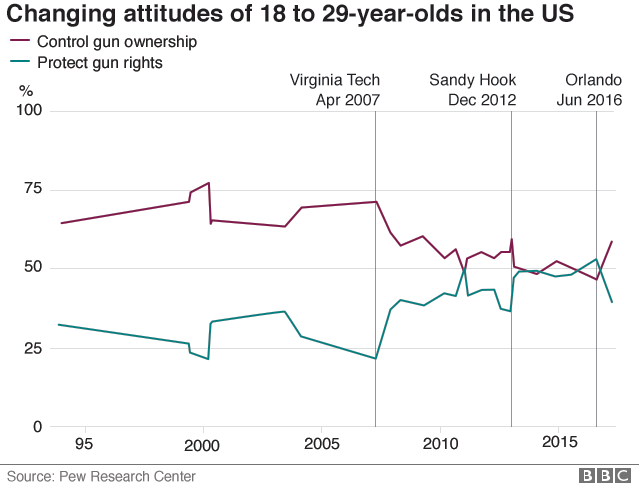
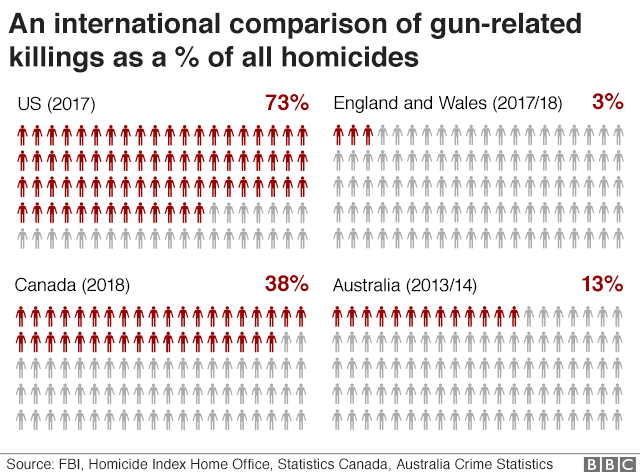
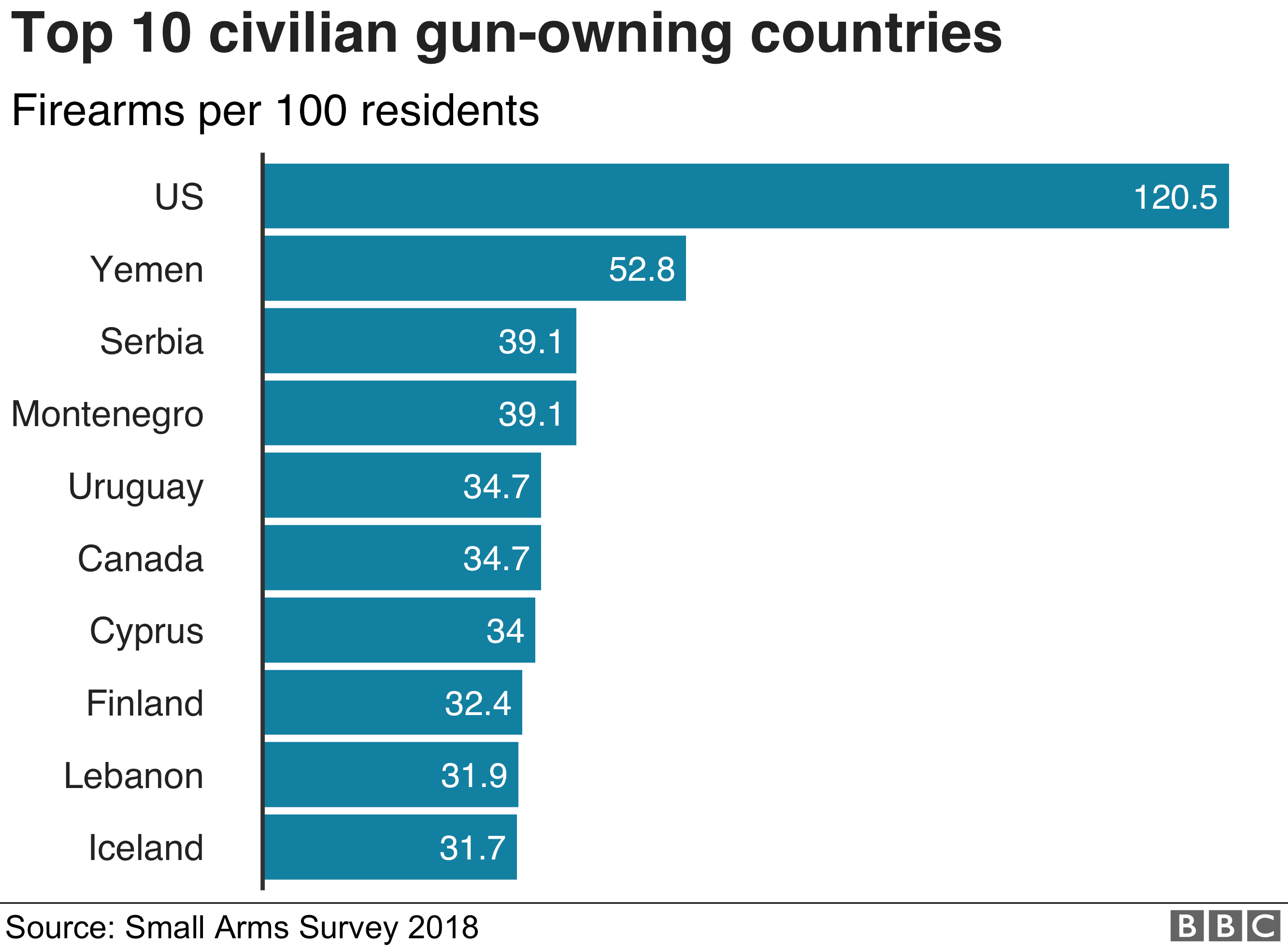

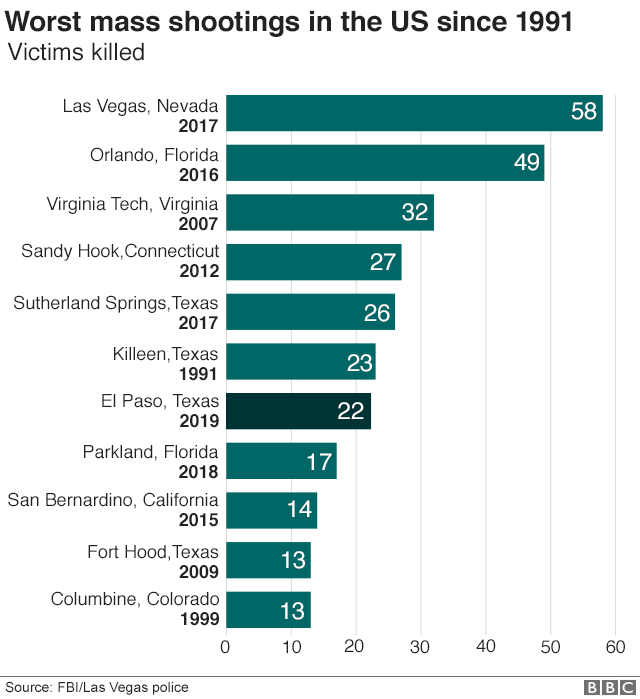

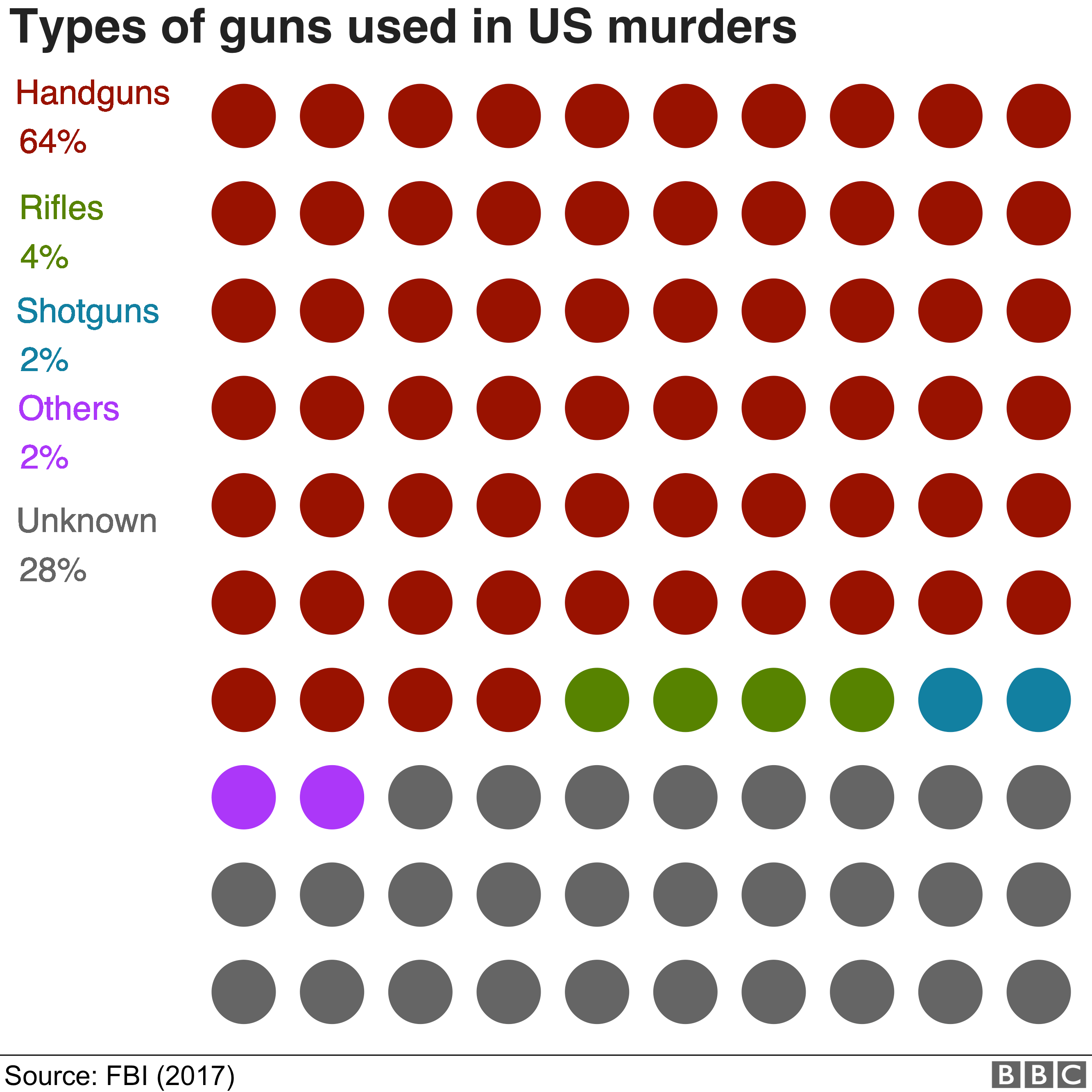

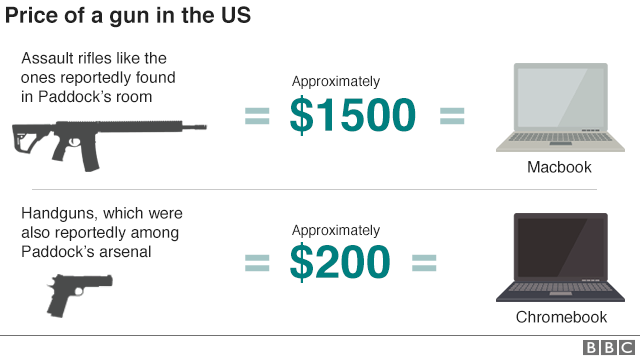
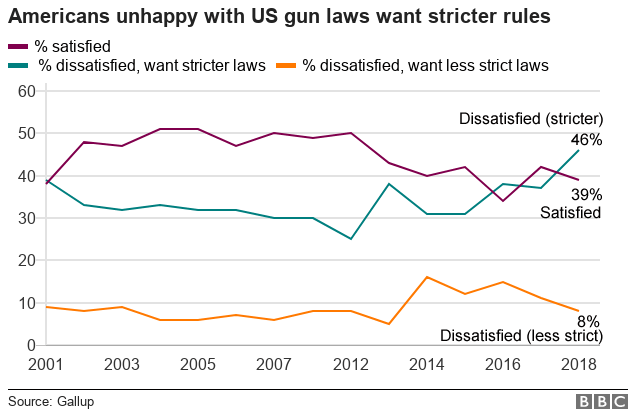
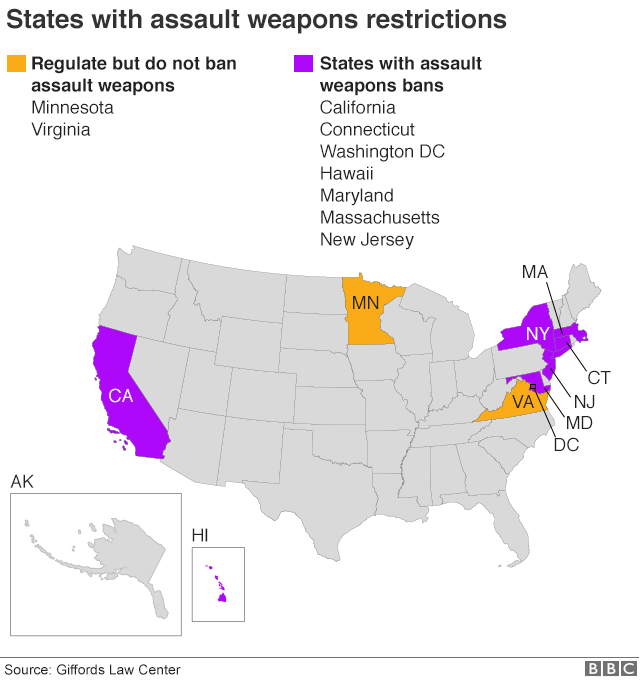



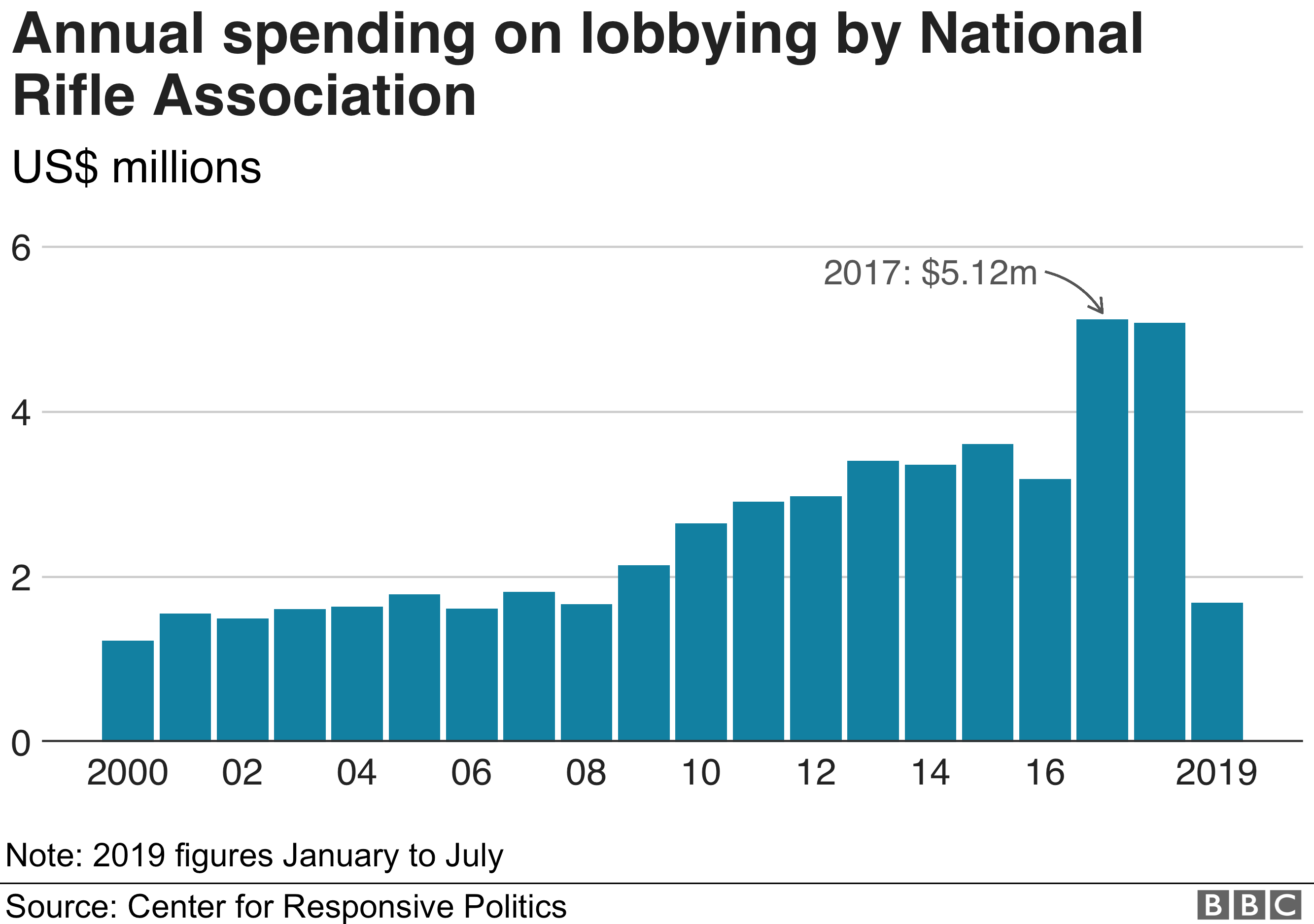
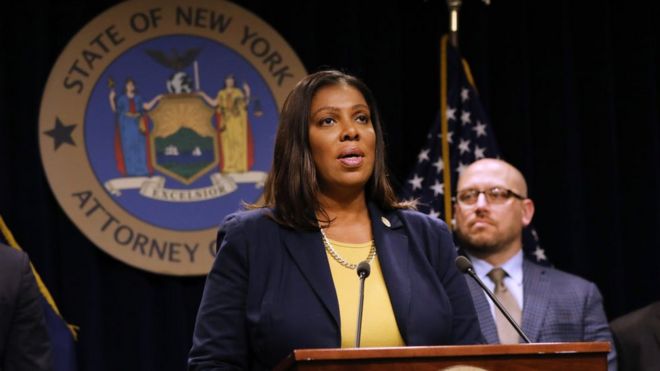


![Illustration to accompany feature Racism and the black hole of gun control in the US [Illustration by Jawahir Al-Naimi] ONLY FOR : Racism and the black hole of gun control in the US](https://www.aljazeera.com/mritems/Images/2019/11/22/0875af8bb1f54ca8aa5335128ca32c75_18.jpg)
![Illustration to accompany feature Racism and the black hole of gun control in the US [Illustration by Jawahir Al-Naimi] ONLY FOR Racism and the black hole of gun control in the US](https://www.aljazeera.com/mritems/Images/2019/11/22/d7cbed32bb5d4b9eb271992caee50081_18.jpg)
![Illustration to accompany feature Racism and the black hole of gun control in the US [Illustration by Jawahir Al-Naimi] ONLY FOR Racism and the black hole of gun control in the US](https://www.aljazeera.com/mritems/Images/2019/11/22/a46f1b98221a4b4fbdc5bfba3bd14d53_18.jpg)

